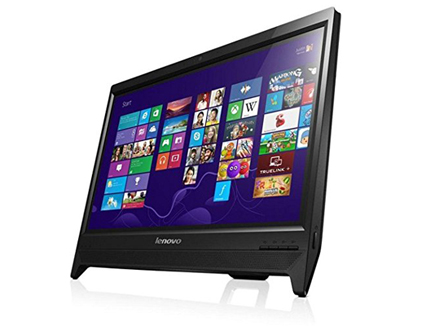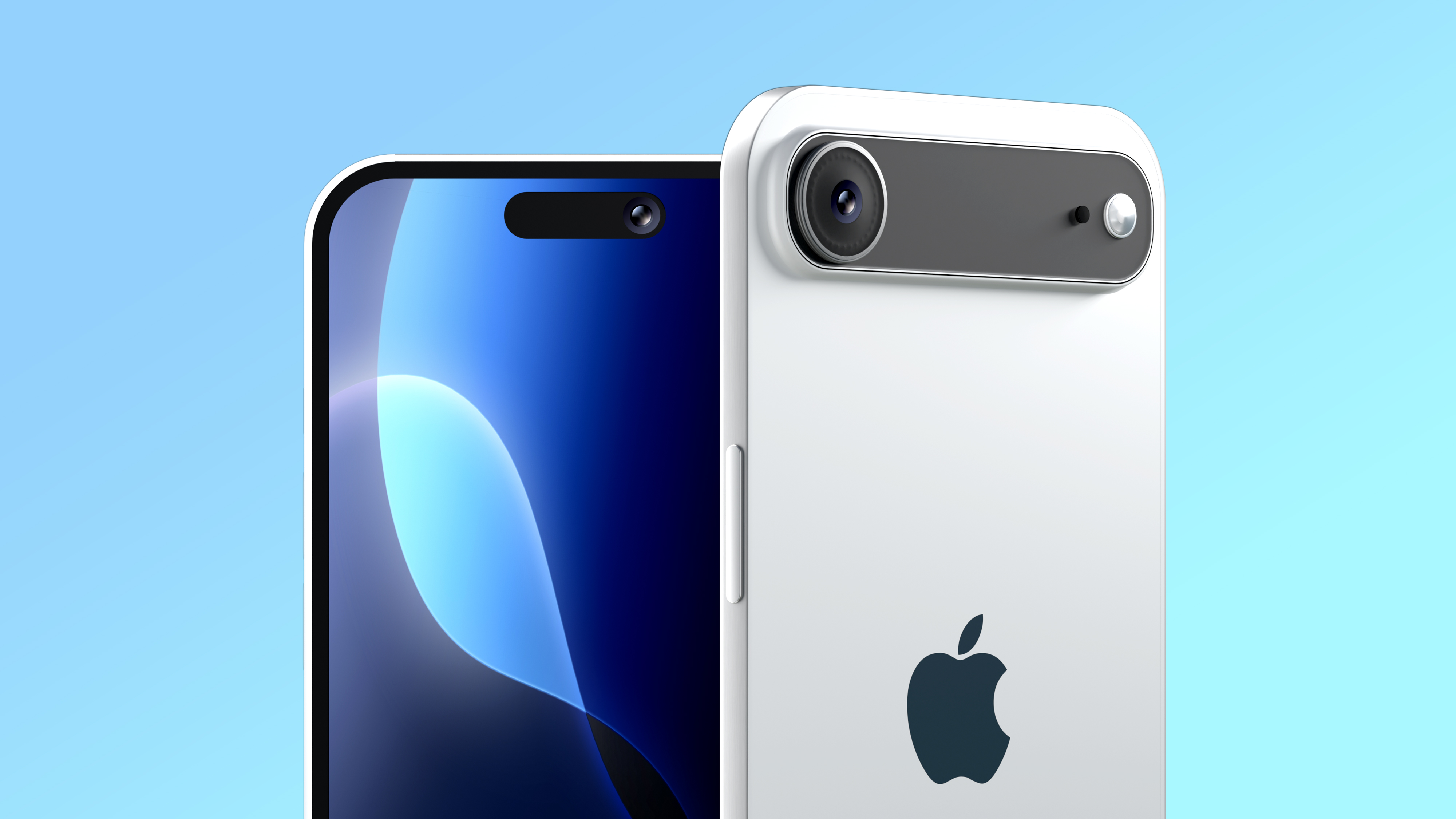Tom's Guide Verdict
The Lenovo C260 Touch is a dependable and wallet-friendly all-in-one for the family.
Pros
- +
Crisp, loud audio
- +
Responsive touch display
- +
Compact and sleek
Cons
- -
Poor graphics performance
- -
Pixelated display
Why you can trust Tom's Guide
Like many entry level all-in-ones, the Lenovo C260 Touch aims to deliver a hassle-free family computing experience that won't take up too much space in the living room -- or leave too much space in your wallet. This $480 PC packs loud, crisp speakers, a bright 19.5-inch touch display and a sleek form factor light enough to move from room to room. But with similarly affordable alternatives out there, is the C260 Touch the best all-in-one you can get on a budget?
Design
Packing a full PC within a compact, 20-inch frame, the Lenovo C260 Touch is pleasantly unassuming. A glossy black bezel wraps around the all-in-one's 19.5-inch display, with a 720p webcam at the top and a perforated speaker bar at the bottom that spans the length of the bezel.
A set of volume and brightness control buttons are placed subtly on the bottom right of the bezel, with the PC's power button and a DVD multiburner drive right around the corner.
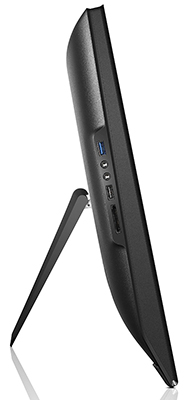
On the C260's curvy backside, you'll find a series of ridges on the top that make way for the PC's fan. The C260's foldable stand lets you adjust the display's angle from about 90 to 55 degrees, though I found it stiff and difficult to adjust incrementally. Unfortunately, there's no means of laying the C260 perfectly flat for playing tabletop-oriented games.
MORE: Best All-in-One PCs
The C260 measures 18.6 x 13.9 x 2.1 inches, making it almost identical in size to the Gateway ZX4270 (18.9 x 12.3 x 2.1 inches) and just a bit thicker than Lenovo's Android-based N308 (19.3 x 12.7 x 1.3 inches). The 9.9-pound C260 is in the same ballpark weight as the 9-pound ZX4270 and the 10.1-pound N308, and is similarly easy to lug around the home.
Ports and Webcam
The first wave of the C260's ports lie on the left edge, where you'll find the power input, a USB 3.0 port, a USB 2.0 port, a 6-in-1 card reader and headphone and microphone jacks. Moving on to the back panel, you've got two more USB 2.0 ports, an HDMI port and an Ethernet jack.
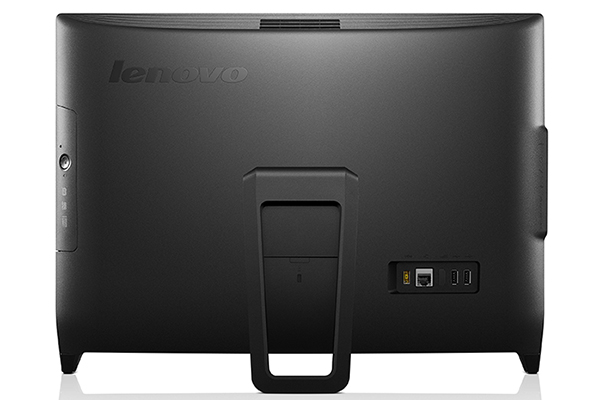
As with most budget all-in-ones, the C260's 720p webcam is pretty fuzzy. The gray and white stripes of my sweater came through accurately in my pictures, but my face became blotchy and pixelated. Still, you probably won't be analyzing photo detail when video chatting with friends.
Display
The C260's 19.5-inch, 1600 x 900 display isn't the sharpest we've seen on an all-in-one, but it's clear and colorful enough for Web surfing and movies. Websites such as TomsGuide.com and ESPN.com looked plenty bright, but larger images and text revealed some notable pixelation.
The PC did a serviceable job of handling the HD trailer for The Hunger Games: Mockingjay, as I was able to make out the individual freckles on Jennifer Lawrence's face (a scene with her blowing up an aircraft looked pretty good, too). The display's viewing angles were solid enough to let me watch from about 70 degrees on the left and right sides, though the screen's glossy finish meant that I was always seeing a bit of my reflection on top of the movie.
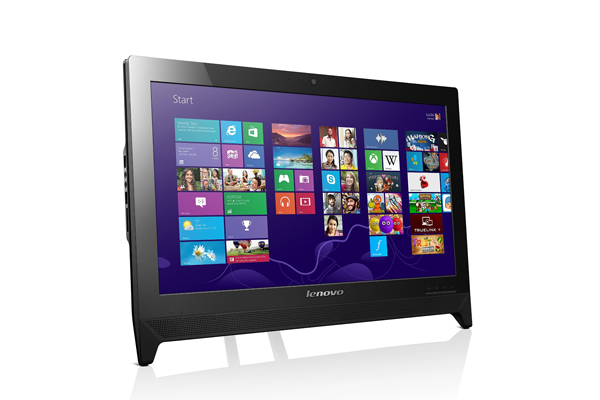
The C260's display delivered an average brightness of 217 nits on our light meter, trumping the 1600 x 900 ZX4270 (177 nits) while failing to outshine the 1600 x 900 N308 (226 nits) or the 231-nit average for all-in-ones.
The desktop represented 96.9 percent of the sRGB color gamut, barely beating the 96 percent average while offering a bit less color than the N308 (110 percent) and the ZX4270 (102.7 percent).
The C260 isn't the most color-accurate all-in-one we've tested, with a Delta E rating of 8.0 (with 1 being perfect accuracy). The N308 (0.4) and ZX4270 (2.1) were much more accurate, as is the current 5.9 all-in-one average. While I had a hard time noticing any inaccuracy when looking at photos and Web pages, I did find that the Windows 8.1 Start menu looked a bit washed out, especially when compared with other all-in-ones like Lenovo's C560 Touch.
I was able to doodle in Paint using all 10 digits, thanks to the all-in-one's 10-point multitouch display, and performing Windows 8.1 gestures like sliding left to pull up the Charms menu or swiping right to change apps was instant and easy.
Audio
Despite being one of the more compact all-in-ones around, the C260 delivers big, satisfying sound. The razorlike guitars and pounding drums of Yellowcard's "Transmission Home" came through the PC's speakers clearly, and the song's muted bass was able to retain its oomph factor. During the song's subdued bridge, I had no trouble making out the violin notes and subtle sound effects that lined the background.
The desktop was similarly impressive on our audio test, which measures a steady tone's volume from 23 inches away. Lenovo's all-in-one netted 89 decibels, outperforming the ZX4270 (86 decibels), the N308 (74 decibels) and the 83.6-decibel all-in-one average.
Keyboard and Mouse
The C260 comes with a standard-issue Lenovo keyboard, complete with black, U-shaped island keys and dedicated volume control buttons located above the numpad.
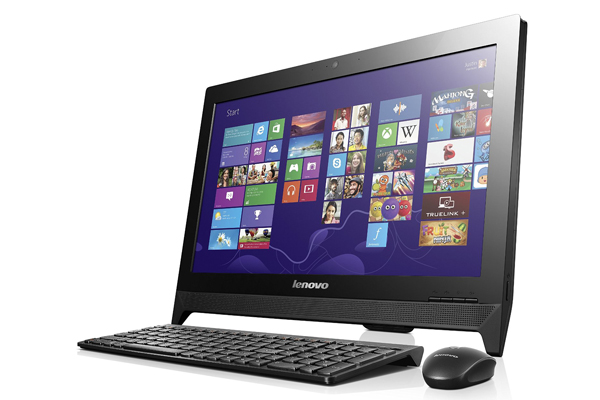
Despite having a long travel of 2.66 millimeters and an average actuation (required pressure) of 60 grams, the keyboard's keys simply felt too stiff and resistant for my liking. I was able to type at a fairly brisk 77.9 words per minute with a 94.7 accuracy rate, but I constantly felt like I was fighting with the keyboard to get my words through.
I was more satisfied with the included mouse, which packs some welcome contours on the edges to house your thumb and pinky. The mouse was consistently responsive when dragging files and clicking through Web pages, and the click buttons and scroll wheel provided some nice feedback.
Performance
Powered by a 2.41-GHz Intel Pentium J2900 processor, the C260 fulfilled my basic entertainment needs with ease. Even as I flipped between a dozen open tabs on Internet Explorer, streamed some Expendables 2 and downloaded new games and drivers, the all-in-one's performance remained smooth and steady.
The all-in-one scored a 3,476 on the Geekbench 3 overall performance test, besting the ZX4270 (2,856) while falling behind the 7,266 average for all-in-ones.
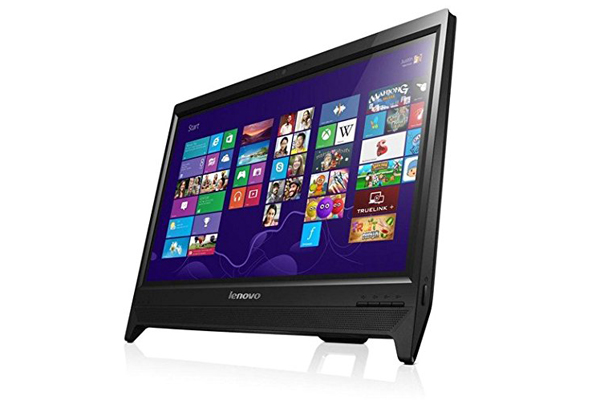
The C260 crawled through our OpenOffice productivity test, taking 14 minutes and 54 seconds to match 20,000 names to their addresses on a spreadsheet. That's faster than the ZX4270's sluggish 19:50, but molasses compared with the 6:33 category average.
Moving on to drive speed, the desktop's 500GB, 7,200-rpm hard drive copied 4.97GB of mixed media at a rate of 32.8 MBps. Once again, Lenovo's PC outperformed the ZX4270's 500GB, 5,400-rpm SATA drive (29.6 MBps), while producing only about half of the all-in-one average of 60 MBps.
Graphics
The Intel HD Graphics-powered C260 works fine for small Windows games like Asphalt 8, but you won't be playing anything serious on it. The all-in-one barely managed to run World of Warcraft on auto settings at 1366 x 768, with a less-than playable frame rate of 20 fps.
By comparison, the ZX4270 (which packs an AMD Radeon HD 8300 GPU) ran the game at a manageable 39 fps using the same graphics settings and a slightly lower 1280 x 768 resolution. The frame rate slowed to a chuggy 14 fps on Ultra settings, which is unplayable but smoother than the C260's 7 fps under similar conditions.

For synthetics, the C260 racked up a 20,077 on the 3DMark Ice Storm Unlimited graphics test, falling behind the ZX4270's 27,239 and the 49,924 category average.
Software and Warranty
As with most Lenovo PCs, the C260 Touch is sprinkled with a few extra Lenovo and third-party apps to supplement stock Windows 8.1 apps like Skype, Xbox Music and OneDrive. There's Lenovo Companion for getting a quick glance at your machine's specs, available updates and warranty, as well as Lenovo Reach for storing up to 5GB of data in the cloud for free.
As a family-oriented all-in-one, the C260 also comes preloaded with a handful of generic games like Puzzle, Where Are the Letters and Matching Roles. There's nothing groundbreaking here, but the gaming content should be enough to keep your little ones glued to the PC for small chunks of time.
Configurations
The non-touch version of the C260 starts at $350, packing a 2.41-GHz Intel Celeron J1800 processor, 4GB of RAM, a 500GB, 7,200-rpm hard drive, Intel HD Graphics and a 19.5-inch, 1600 x 900 display.
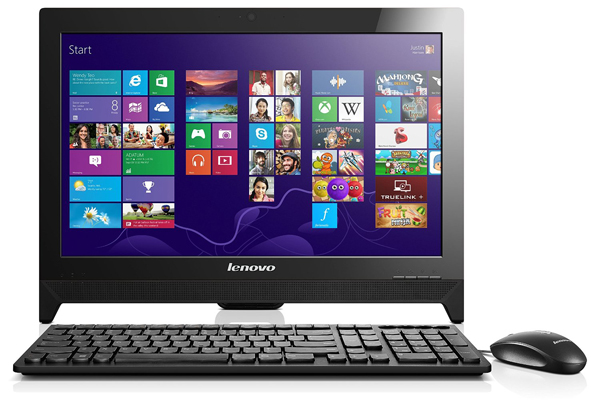
Our $480 config adds touch support to that same display, while offering a 2.41-GHz Intel Pentium J2900 processor and the same RAM, storage and graphics as the non-touch model.
Bottom Line
For $480, the Lenovo C260 Touch does a respectable job when it comes to surfing the Web, listening to music and watching movies. Its 19.5-inch, 1600 x 900 touch display is bright and responsive enough to entertain your little ones, and its compact, attractive design won't be an eyesore on your desk.
While the C260 does its duty as a budget PC, you're better off spending just over $100 more for Lenovo's $615 C560 Touch. For the extra money, you get a full HD display, an even more pristine design, a fast Core i3 processor and an easy-open rear panel for quick repairs. There's also the $400 Gateway ZX4270, which lacks a touch display but has an AMD GPU for better gaming. Still, if you're looking to spend as little as possible for a family all-in-one, you could do far worse than the C260 Touch.
Specs:
Operating System: Windows 8.1
CPU: 2.41-GHz Intel Pentium J2900
RAM: 4GB
RAM Upgradable to: 8GB
Display Size: 19.5
Native Resolution: 1600x900
Graphics Card: Intel HD Graphics
Hard Drive Size: 500GB
Hard Drive Speed: 7,200rpm
Optical Drive: DVD Multiburner
Ports (excluding USB): USB 3.0, HDMI, USB 2.0, Ethernet, SD card slot
USB Ports: 4
Card Slots: 6-1 card reader
Wi-Fi: 802.11b/g/n
Size: 18.6 x 13.9 x 2.1 inches
Categories: Desktop
Warranty/Support: 1 Year Limited Warranty
- The Best Gaming PCs You Can Buy
- Our Favorite Sound Bar Speakers
- Guide to Gaming: What Are Steam Machines?
Mike Andronico is an Associate Editor at Tom's Guide. Follow Mike @MikeAndronico and on Google+. Follow us @TomsGuide, on Facebook and on Google+
Mike Andronico is Senior Writer at CNNUnderscored. He was formerly Managing Editor at Tom's Guide, where he wrote extensively on gaming, as well as running the show on the news front. When not at work, you can usually catch him playing Street Fighter, devouring Twitch streams and trying to convince people that Hawkeye is the best Avenger.
